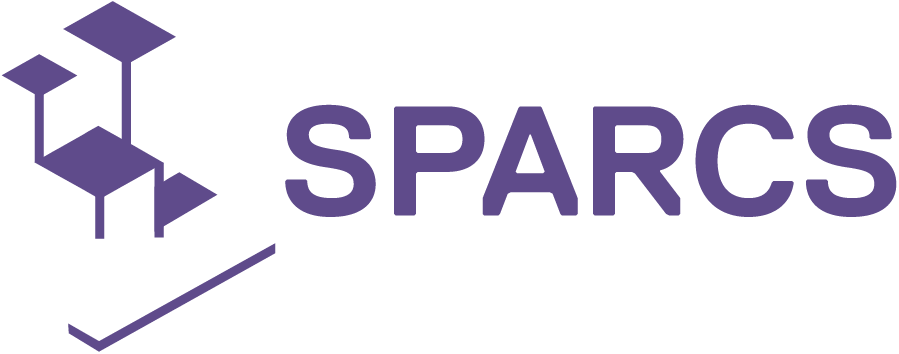D7.1 Business Models and Financing Mechanisms for Wide Uptake of Smart City solutions
Embracing the spirit of the European Green Deal aiming to become the world’s first climate-neutral continent by 2050, SPARCs project would act as bridge between that policy directrix and the challenges at the Smart Cities and Communities scenario. SPARCs’ ambition, since the originating phase, was to profile innovative tools in favour of the Main Urban Authorities enabling their toward-climate-neutral transitions. Of course, “where will the money come from” was the looming dilemma. Nevertheless, it has been learnt that the picklock was not even the “where” but “how” the available worldwide-money-mass inflects for funding and financing smart city processes.
Briefly, the overall aim of this work is to structure a benchmark of exploitable business models to be applied at Positive Energy District scale, helping the two lighthouses of Espoo and Leipzig to replicate and scale up the SPARCs large implementation plan. Either the results will be used for drafting the investment plans of the five fellow cities (Reykjavik-IS, Maia-PT, Lviv-UA, Kifissia-EL and Kladno-CZ), given their differences.
As such, the report suggests an already tested and certified methodology able to rate cities implementation plans; thus to establish an innovative funding scheme settled at country base (namely for Finland and Germany) and to provide input for a possible Smart City Fund harmonized at wider scale (not even more country-based) index-linked having as underlying the securitization of cities’ unproductive assets.
The report has been thought to be a preliminary guideline (at M12 compared to M60) able to benchmark the SCC1 exploitable framework in terms of tested business models, checked business plan and funding architectures. Compared to the first intention, two dyscrasia occurred.
From one side, when translating the experiences coming from the SCC1 lighthouses in to models to be applied at Positive Energy District scale, the result has been shattered, but this was barely predictable. As it could be seen in the table 2 of the chapter 2, objectives coming from the topic’ requirement had changed according to the SCC1 waves. The first wave of projects was a sum of disaggregated and innovative actions. While the second wave has the holistic approach as a common denominator. SPARCs is in the middle of the third wave, the one of the Positive Energy District. That was endogenic inside the SCC1 global framework: it is SPARCs’ challenge.
On the other side, the exogenous dyscrasia is the unpredicted variable given by Covid-19, not in terms of pandemic but in terms of game-changers legacy. Will the climate change and the green economy have a brake? Or, conversely, the after-Covid-19 will be catalyst for them? At the moment, the forecast tends to the second scenario. Overarching the Covid-19 pandemic, a blending attitude is emerging by mixing traditional and classical market finance with venture philanthropy aiming to create new mixed funds including some aspects of the crowdfunding: the rationale is to associate the economic revenues of the social impacts in order to boost the non-cyclic investments and hinder the equity home bias puzzle.
The overall structure of the report discloses two harmonized compendious: a KPIs list with the most relevant one, duly explained and index-linked to the optimal range; a short described basic dictionary dashboard. After a concise introduction about the deliverable and the SPARCs project itself in chapter one, chapters two and three are focused on mapping the business models in SCC1 scenario and at worldwide scale. As such, in chapter two it is shown the methodology adopted. The chapter four is the kernel of the report with three tools: the co-design of SPARCs business model canvas; four adaptable emerging business models; a validated methodology for project financing and bankability evaluation. The fifth chapter is related to an innovative funding scheme customized for the two lighthouses and the possible scalability of the model.

